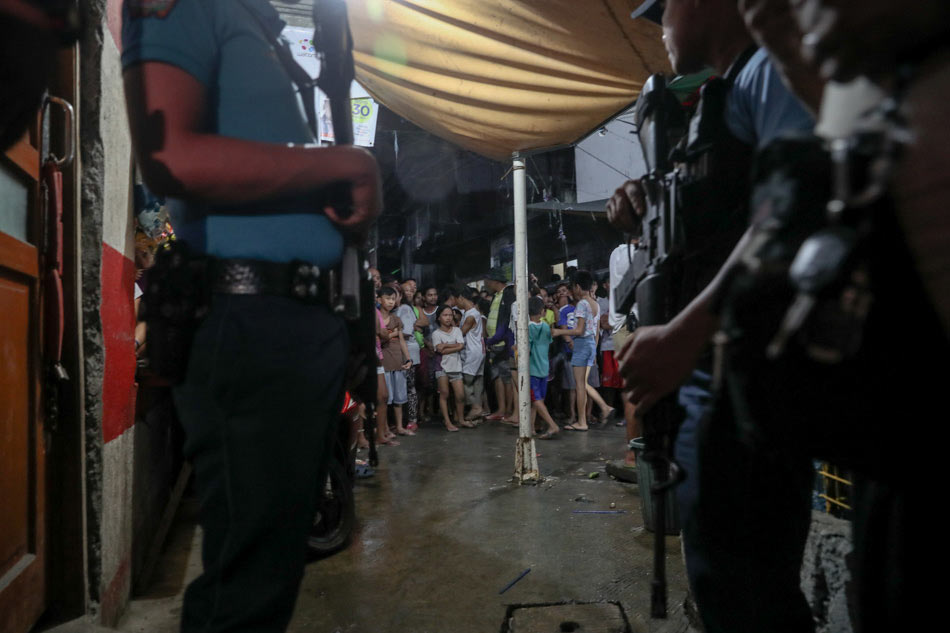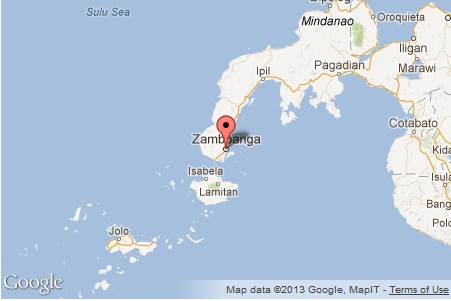From the Malaysian Digest (Jan 3):
Towards Safer Seas In 2017: Malaysian Security Forces Step Up Vigilance In Wake Of Threats

A PHONE call saved three crew members on a tugboat chugging near Pulau Berhala off Sandakan on Oct 31 last year.
One of the crew members saw a speedboat approaching and immediately contacted the Eastern Sabah Security Command (Esscom) call centre before hiding in a compartment in the vessel that was towing sand to Tawau.
As patrol boats moved towards the tugboat in response to the distress call, the speedboat headed off in a different direction, possibly backing off from what could have been a robbery or kidnapping attempt.
They were lucky because the location was close to shore and there were patrol boats nearby. Many of their peers were not so lucky last year.
Because of the slow-moving vessels used by fishermen and transporters, they are targeted by armed groups from southern Philippines who prowl the Sulu Sea in speedboats, dashing across the border to find their prey.
To combat cross-border criminals, particularly kidnap-for-ransom groups from southern Philippines, Malaysian security forces believe good communication link with stakeholders at sea would given them an advantage.
THREAT FROM KIDNAP-FOR-RANSOM GROUPS Last year, there were at least 11 reported cases of armed men raiding vessels off the east coast of Sabah, of which nine involved kidnappings.
Since the formation of Esscom in 2013, after an armed intrusion in Lahad Datu by followers of the self-proclaimed Sulu sultanate from southern Philippines, Malaysian security forces have been on full alert against cross-border criminals.
As Malaysian authorities strengthened their defence, lawbreakers, who in the past survived on smuggling goods and people between the east coast of Sabah to southern Philippines, felt the heat.
Vessel operators were also ordered to adhere to the policy of sailing in designated routes when entering Malaysian waters or risk being reprimanded. On top of that, trade between the two regions has been banned since the middle of last year to end the trade and transportation of immigrants by cross-border criminals.
Between 2013 and 2015, there were six kidnap-for-ransom cases that saw armed men targeting island resorts, fish farms and even a restaurant in coastal districts such as Semporna, Kunak, Lahad Datu and Sandakan.
This prompted Esscom to tighten its operations as the government pumped in more security assets to keep criminals at bay in 10 coastal districts designated under the Eastern Sabah Security Zone (Esszone).
For a good 10 months from the last kidnapping case at a restaurant in Sandakan on May 10, 2015, security forces thwarted many attempts by “suspicious-looking speedboats”.
This was also helped by a curfew imposed from July 2014. In March last year, they struck again, this time targeting slow-moving vessels, such as tugboats, trawlers and fishing boats.
With the number of cases rising, security forces turned to new strategies to counter the armed groups.
On Dec 8, a group of kidnappers led by a key Abu Sayyaf member met their match off Semporna in a shoot-out with policemen from the General Operations Force’s Tiger Platoon.
Three of the suspects were killed, including Abu Sayyaf gunman Abraham @ Ibrahim Hamid, two arrested and two more missing, likely to have died. The group had earlier kidnapped two men after raiding three boats off Lahad Datu and Semporna.
Esscom commander Datuk Wan Abdul Bari Wan Abdul Khalid said there would be no let up from security forces following the shoot-out, the first confrontation with an armed group at sea since 2013.
AUTOMATIC IDENTIFICATION SYSTEM (AIS) With the number of attacks on vessels by armed groups rising last year, the authorities urged owners to install maritime distress safety systems on board.
One of the systems is the Automatic Identification System (AIS), which would allow the authorities to track distress signals activated by crew members and locate their whereabouts at sea.
It costs between RM4,000 and RM6,000 to install. If such requirement, including installing communication devices, is observed, the authorities can provide swift assistance by deploying assets to the distress area and prevent kidnapping attempts.
To stress on its importance, Sabah police commissioner Datuk Abdul Rashid Harun had made it compulsory for vessel owners to have the AIS or other systems that are compatible to allow security forces to detect their locations when they run into trouble.
He said there were vessel owners who refused to install the position locating device because they did not want the authorities to monitor their movements.
There were those who claimed it was costly, but intelligence reports indicated some preferred if their presence at sea was “discreet” as they could be fishing in a neighbouring country, be involved in other activities or break curfew.
Rashid said he did not have a definite answer to such claims, but reiterated the importance of having a reliable communication system at sea.
“I have had discussions with fishermen associations in the east coast and they have mentioned of a similar device called the Mobile Tracking Unit (MTU).
“It is cheaper than the AIS and if they want to have the MTU, we welcome it.
“As long as they have safety distress devices on their boats, both parties (the fishing community and security forces) can work together to boost security to combat crime at sea.”

























